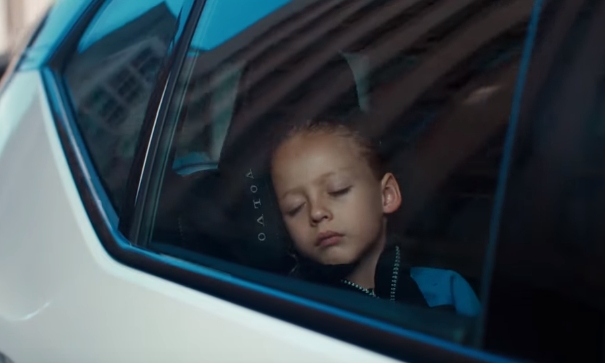

Many of these songs are traditional folk songs in Spanish that we still sing in the car. Plus- it was fun for me, as a native English language speaker, to learn new nursery rhymes in Spanish along with my kids. Music is soothing to the brain, it’s repetitive to children are hearing the same sounds over and over, and it helps with early reading skills. Even for people who are only speaking one language at home, it’s still easy to add Spanish songs to help with language development.Īlso- if you are raising bilingual kids and need a support community, join our Facebook group BilingualWe here! There are so many benefits to bilingualism, and it’s a lot easier to learn two languages from birth than when you are in your 20’s (like I did).Īs I thought through some of the ways to introduce baby to Spanish from day 1, I immediately went to music. What I did know, without a doubt, was that I wanted to raise a bilingual baby- and that meant I had to teach Spanish at home. When I was pregnant with my first child, I really had no idea what parenting would look like for me. Related article: Raising A Bilingual Child? 4 Best Language Learning Methods Why Use Music With Bilingual Kids? In this post, I’ll share with you a few of my favorite traditional Spanish nursery rhymes, as well as a few tips for using Spanish to help raise your bilingual baby! The songs are simple enough to pick up quickly so a Spanish learner can easily work on pronunciation skills. It’s also a great playlist for Spanish 1 teachers to use with their Spanish classes.

This Youtube playlist includes songs that are perfect for young children (5 and under) whose parents speak Spanish at home and love to sing. Raising bilingual kids is a lot of work! Bilingualism is also one of the most important gifts we can give our children- so it’s important to have good resources for each stage of the language learning journey. THIS IS A DOWNLOADABLE EBOOK AVAILABLE INSTANTLY.Kids love music- in any language! These Spanish songs for kids will make learning Spanish fun for everyone! Many of the songs featured also include links to the Mama Lisa website, where you can find recordings, videos and sheet music. The memories of childhood touch us forever! What makes the book really special is the many comments from Mama Lisa’s correspondents who have shared stories and memories from their own lives. The songs are given in the original languages and with English translations. The second part presents beloved traditions and songs from many different nations. The history and meaning of these holidays is discussed, often with examples of traditional songs. The first part of the book covers some of the traditions that take place on days other than Christmas itself, like St. So Christmas is celebrated like a giant outdoor block party! How in Colombia, in the Southern Hemisphere, it’s usually warm in December.That’s a fun way to get children to help with the post-holiday clean-up! How Scandinavians mark the end of the season by “plundering” the Christmas Tree on St.How in Italy it’s not Santa Claus who gives gifts to all the children.Mama Lisa’s Christmas Around The World is a celebration of the diversity and love with which many different cultures mark this joyful time of year.

People everywhere love Christmas – but we don’t all celebrate it the same way.


 0 kommentar(er)
0 kommentar(er)
